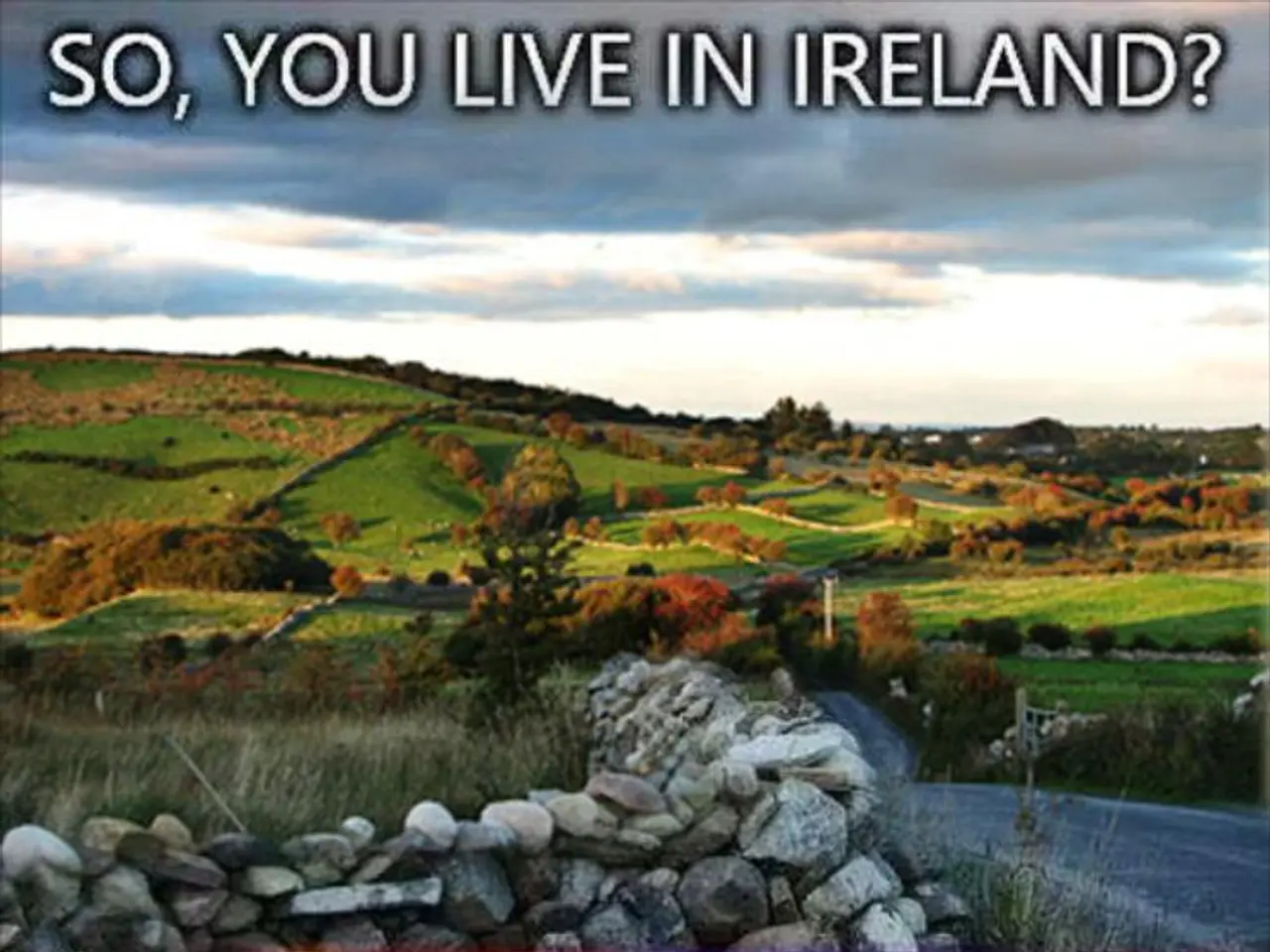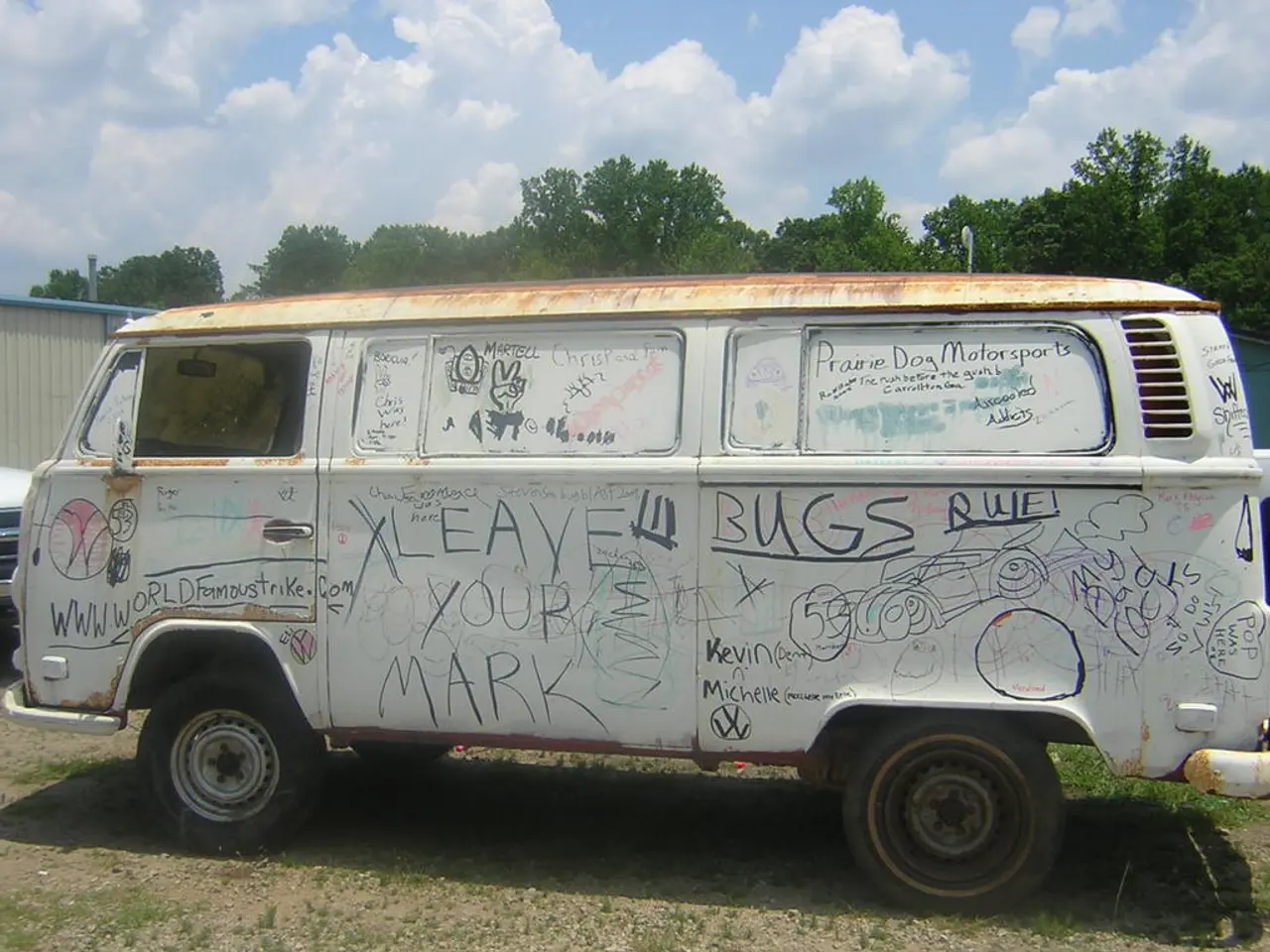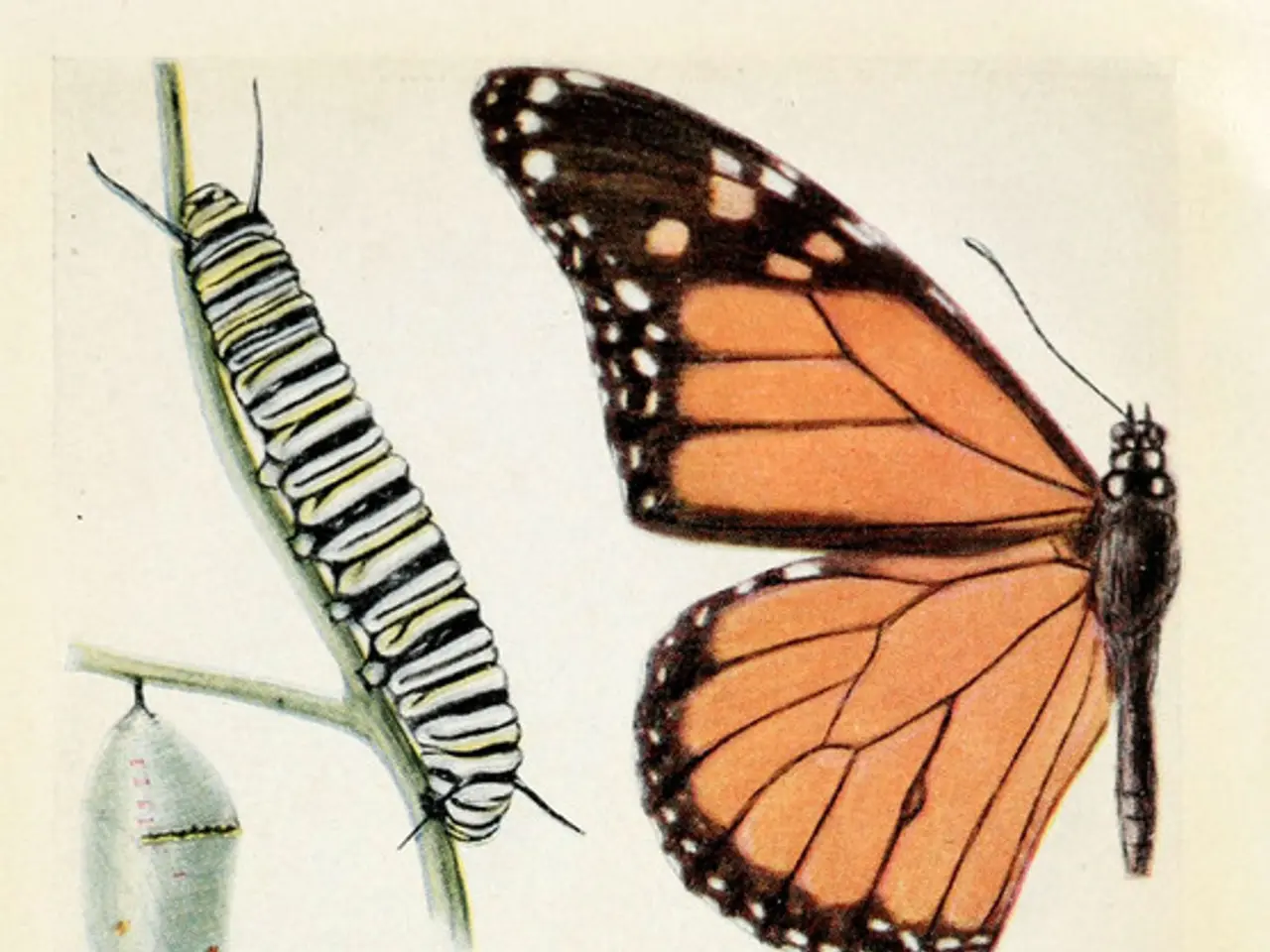Arizona's Wreckage: 40,000 Hectares Scorched by the "Dragon Bravo" Fire, Now Labeled a Megafire
The Dragon Bravo Fire Rages On in the Grand Canyon
The Grand Canyon is currently grappling with an uncontrollable wildfire known as the Dragon Bravo Fire, which ignited on July 4, 2025, due to a lightning strike. This destructive blaze has consumed over 130,000 acres and remains only 13% contained, despite the efforts of more than 1,300 firefighting personnel, both ground crews and aircraft (1; 2; 3).
The fire has ravaged mixed conifer and aspen regeneration forests, as well as ponderosa pine, piñon-juniper, and sage vegetation types, due to the challenging terrain and remote locations that limit immediate access to all fire areas (1; 2; 3).
Weather conditions have played a significant role in the fire's rapid spread. The Grand Canyon's summer typically experiences prolonged dry conditions and extremely low humidity levels, which, combined with strong, gusty winds, have intensified fire behavior, causing rapid expansion and increased difficulty for containment efforts (1).
The fire's windy conditions have also facilitated the spread of burning embers from one area to another, further aiding the fire's progression. The Grand Canyon's topography, consisting of smaller canyons, also contributes to the circulation of wind, exacerbating the fire's spread (1).
Climate deregulation has led to an increase in extreme events, and right-wing disinvestment in forestry offices has occurred, leading to decreased funding and positions for forest maintenance. This disinvestment has resulted in a densification of forest masses, favoring fire spread (1).
Community meetings have been held to update residents and address frustration over communication and fire management decisions, including the initial choice to let the fire burn naturally. Fire officials emphasize the complexity of wildfire management in remote, rugged terrain and the need for thorough after-action reviews to evaluate response effectiveness (2; 3).
Weather forecasters hope for a return of the rainy season to help combat fires. Long-term models do not predict the return of the monsoon, but a week or two of very heavy rain could change the situation (1).
The North Rim area of the Grand Canyon remains closed for the remainder of the 2025 season due to the fire. The fire has caused significant damage to infrastructure, including a hotel, the North Rim Visitor Center, guest cabins, and a water treatment plant releasing chlorine gas (1; 2; 3).
Environmental science experts are closely monitoring the impact of climate-change on the Dragon Bravo Fire, as the intensifying wildfire serves as an example of the devastating effects of global warming on ecosystems. In the future, predicting weather patterns through weather-forecasting could play a crucial role in preventing and managing such fires, given their sensitivity to weather conditions. Meanwhile, for sports enthusiasts, unpredictable weather conditions in the Grand Canyon region might affect sports activities and sports-betting odds, particularly those involving hiking, camping, and other outdoor pursuits.







